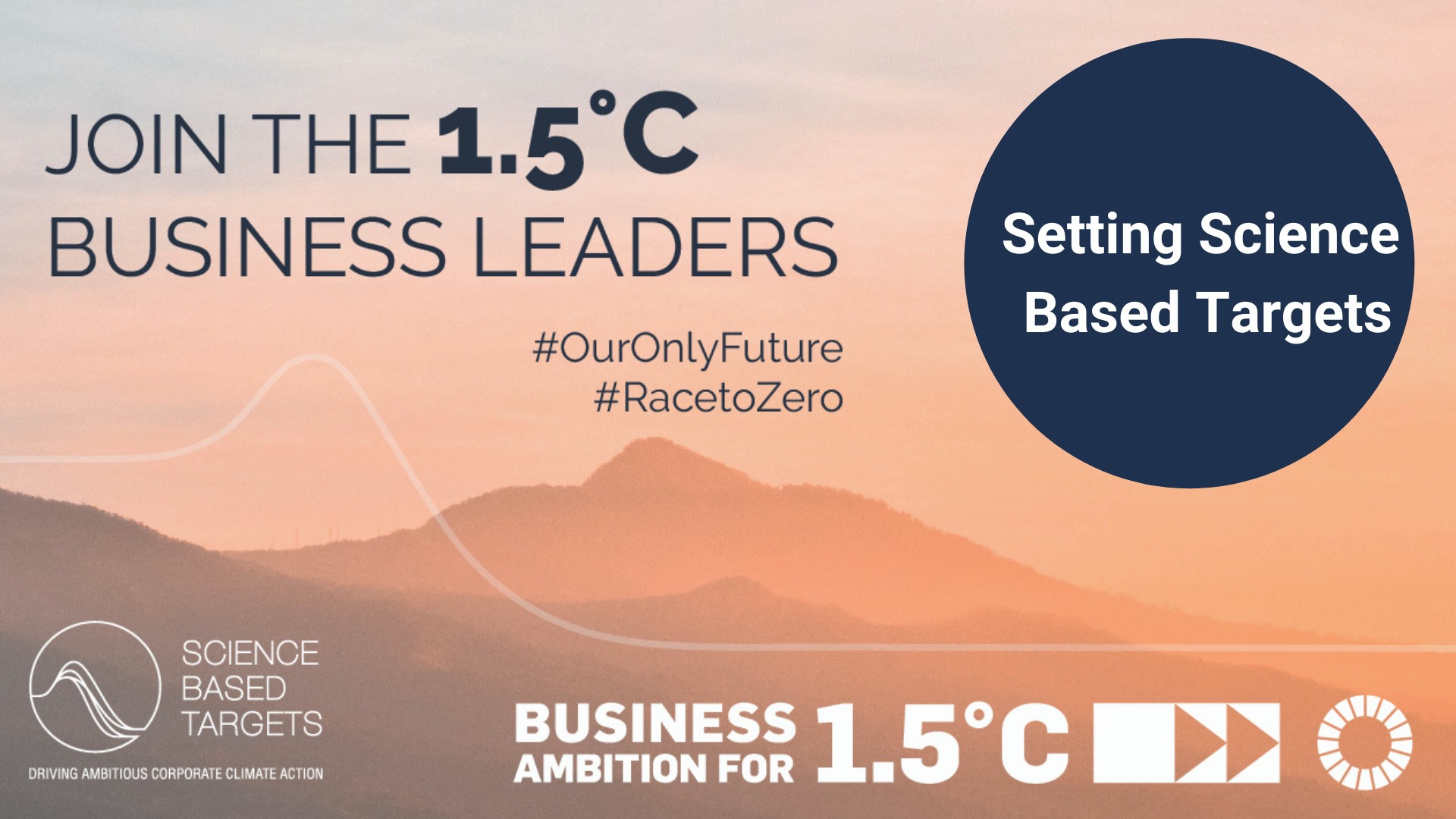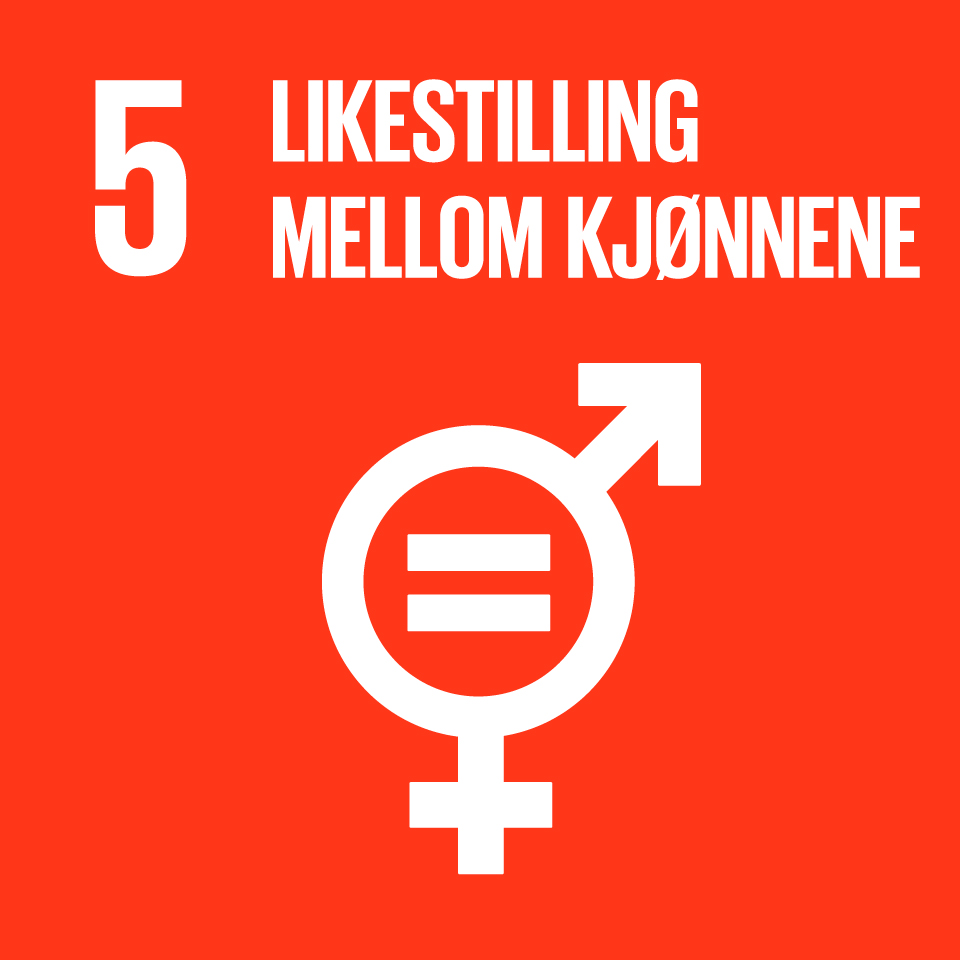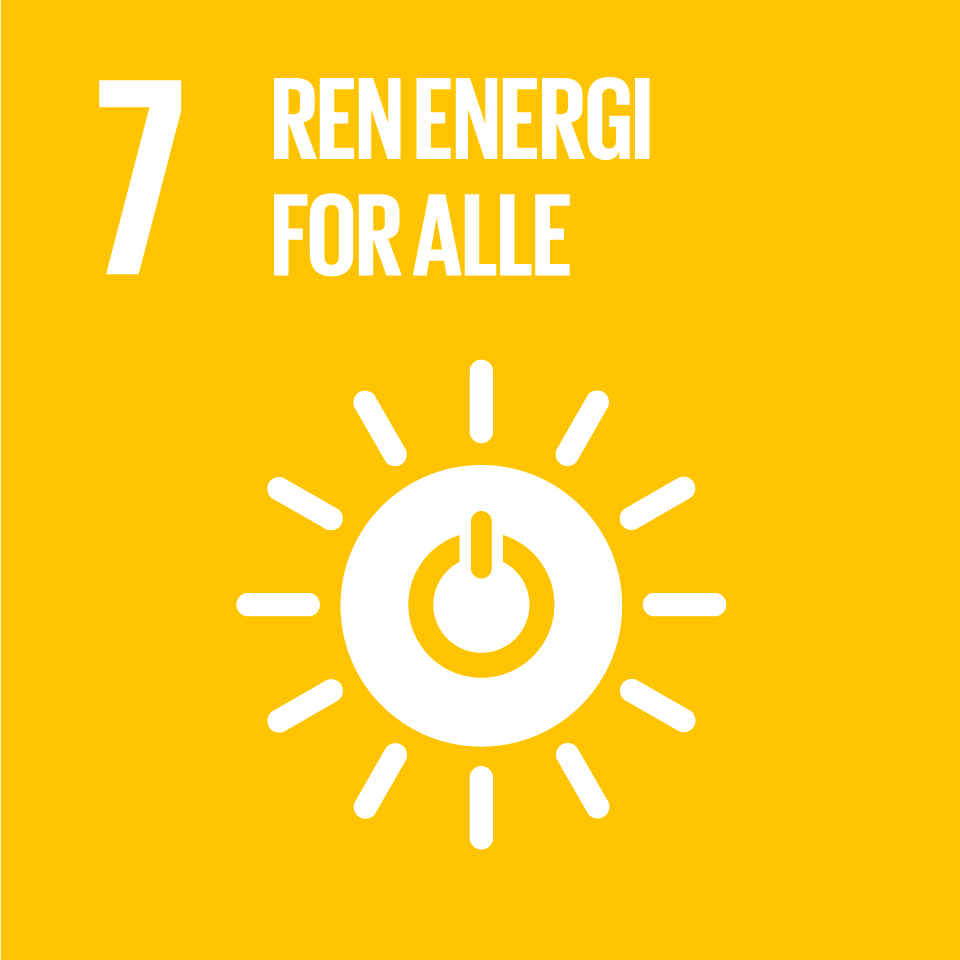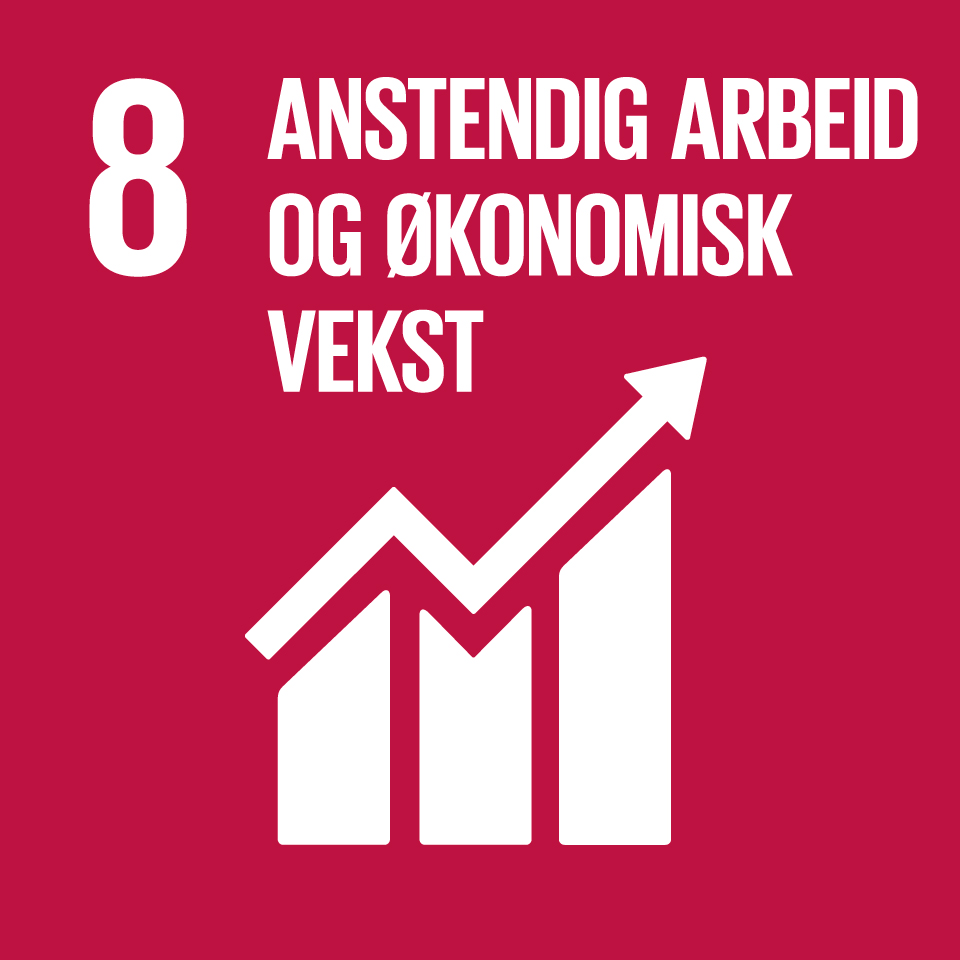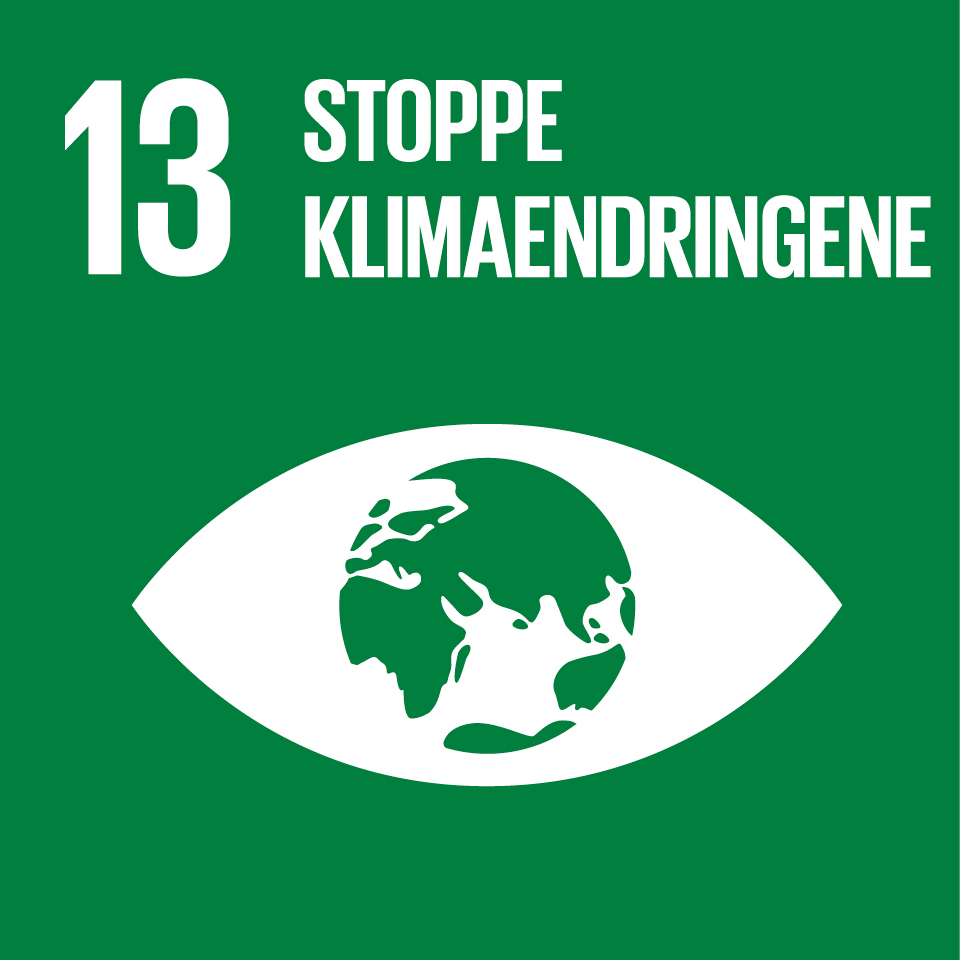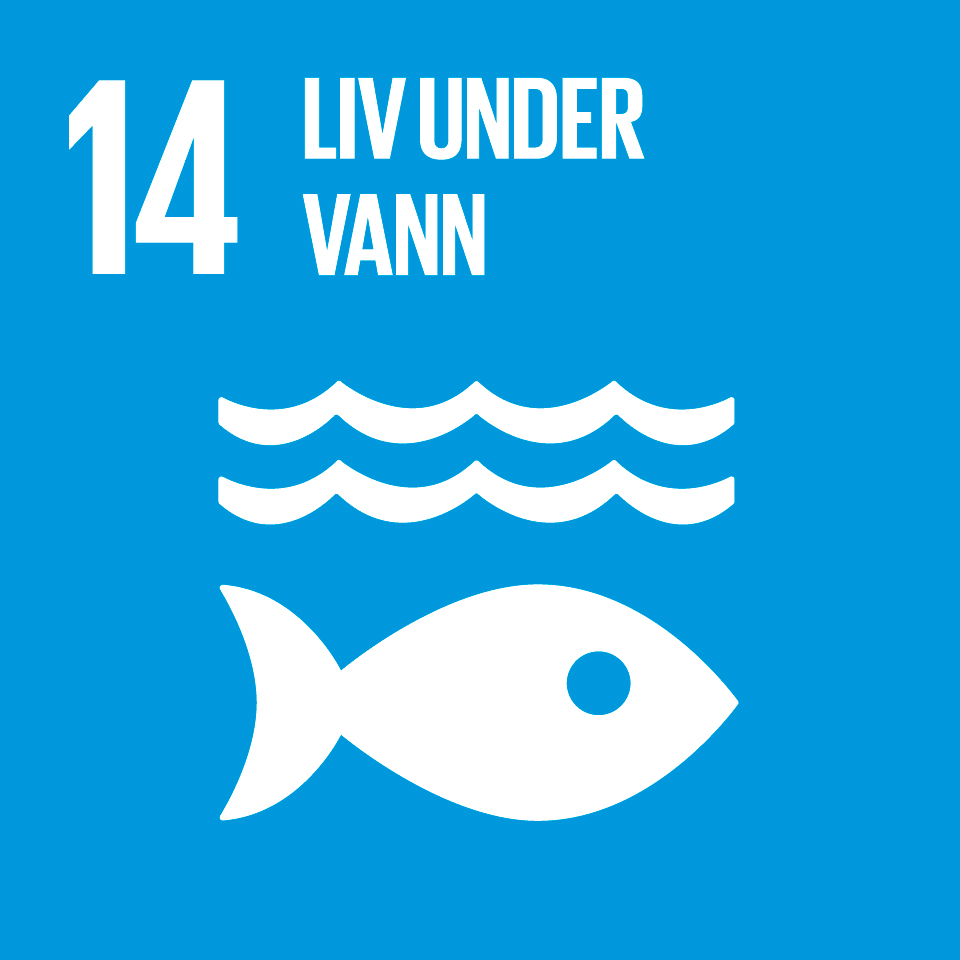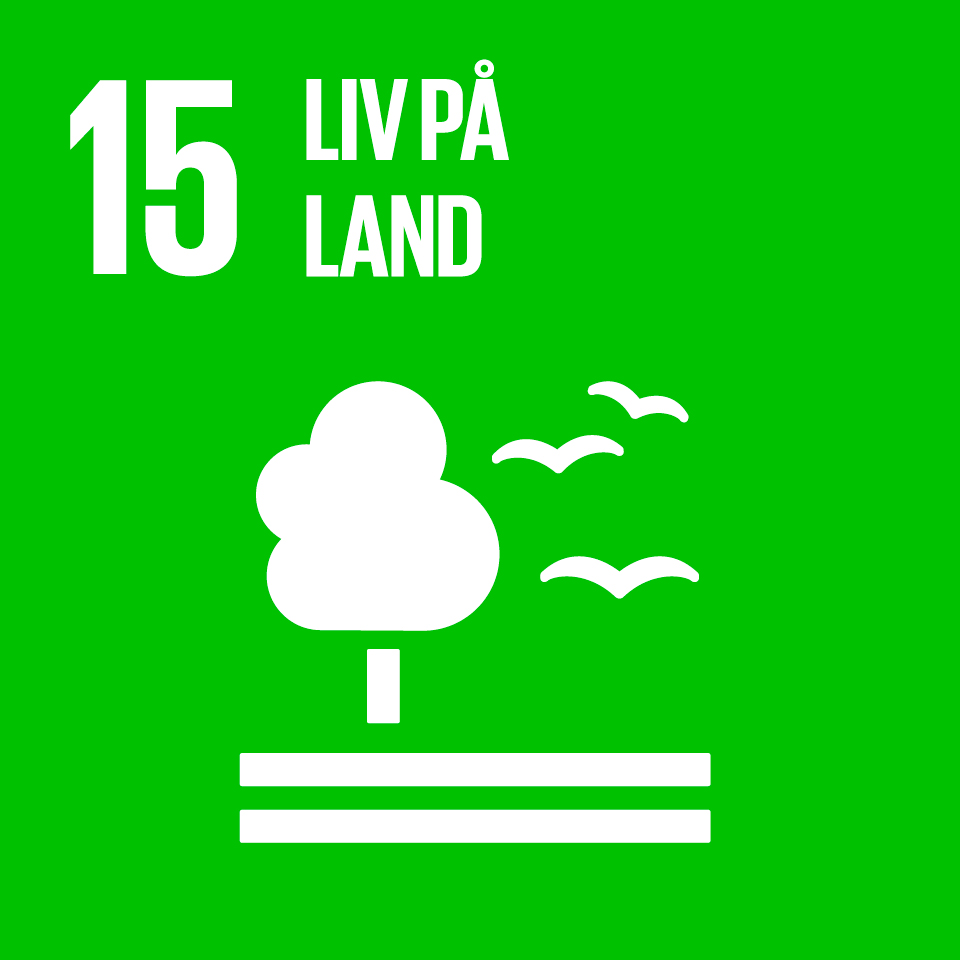What is Science- Based Target?
WWF started by explaining what the Science-Based Target is. WWF, World Resource Institute, Carbon Disclosure Project (CDP) and the UN Global Compact launched the concept in 2015. The vision of the Science-Based Target is that the focus on reducing green gas emission will become standard business practice. In this way corporation can play an key part in reaching the Paris agreement. There are three approaches to set Science-Based Target:
1.The sector-based approach
2.The absolute-based approach
3.The economic based approach.
Read more about them here.
Why is it important for the financial sector?
KLP presented why the Science- Based Target is important for the financial sector. The guidelines for setting Science-Based Target for the financial sector were newly established. While the data to assess and classify the green credentials of companies is growing for many sectors the fundamental are their emission and their plans to align their emission with the Paris agreement and scientific knowledge. Science, specifically data is emerging and companies need standardization to know if we are moving in the right direction.

Telenor group and Atea on setting targets
Telenor Group talked about how within the mobile sector the key industry organization has worked together to define a pathway of what kind of target the industry should set as a minimum to align with the Paris agreement. This pathway was valuable for Telenor when they where setting their Science-Based Target this year. They already have a clear target for Scope 1 and scope 2, and is working on Scope 3. In the Scope 3- screening work, they have used the Science-based target Initiative recommended screening tool, which has been helpful. However, there is limited updated data on sector and companies specific emissions. Having the industry pathway that was approved by the Science-based Target Initiative was great help when setting target, however, it is need for further guidance and standards in this area.
Learn more about the different scopes of emission here.
Atea works in the IT sector, came with recommendation when setting Science-Based Targets: the Science –Based Target do not need to be so complicated. Keep it straight, keep it simple and not be so academic about the process. In this way it’s easier to integrate it in the business. Atea is focusing internally about the reduction of their own emissions.
Key take aways on Science-Based targets from CEMAsys
CEMAsys ended the event by talking about: hitting the mark with science based target.
The first thing that is important is to measure is the greenhouse gas emission from company activities, then outline possible measures to reduce these emission and how fast, lastly it must be integrated into strategy both internally and externally.
The key takes aways: Investor and other stakeholder are increasingly expecting companies to align strategy with science. Political are reacting to the alarming science put forth by the IPCC and are racketing up their ambition. SBT demonstrate strategic long term thinking and leadership. The growth we see in companies is net zero target is an important signal of growing ambition.
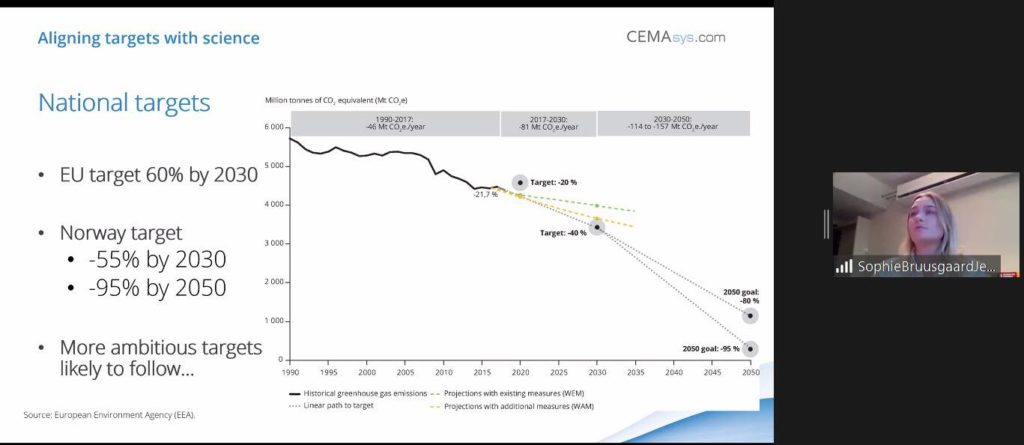
If you missed the event you can see it again here


